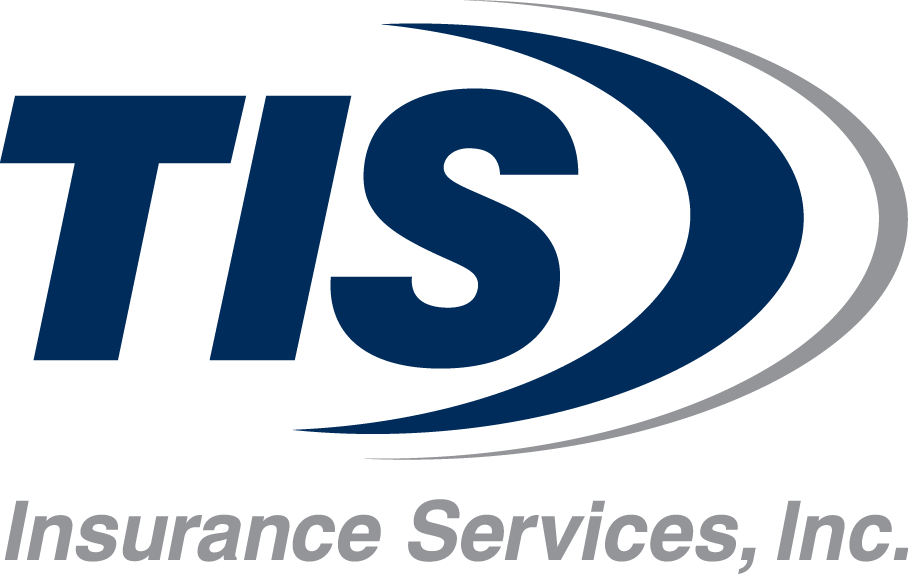On September 9, 2024, the DOL, IRS, and HHS released a final rule for the Requirements Related to the Mental Health Parity and Addiction Equity Act (The “MHPAEA Final Rule”). The MHPAEA Final Rule is similar to the Proposed Rule released on July 25, 2023, with some marked differences. While the MHPAEA Final Rule is effective as of November 22, 2024, the requirements become enforceable at different times. Most apply to plan years beginning on or after January 1, 2025, with other requirements becoming enforceable for plan years beginning on or after January 1, 2026.
MHPAEA Proposed Rule
The MHPAEA Proposed Rule released last year sought to clarify and solidify requirements for group health plans and health insurance issuers (“plans and issuers”) to perform comparative analyses of the nonquantitative treatment limitations (“NQTLs”) imposed under their plans through the collection and evaluation of data to (a) reasonably assess the impact of NQTLs on access to mental health and substance use disorder (“MH/SUD”) benefits and medical/surgical (“Med/Surg”) benefits and (b) demonstrates compliance with the MHPAEA as written and in operation. The Proposed Rule focused on the following:
- Applying a similar “substantially all” standard to NQTLs as that which applies to quantitative treatment limitations (“QTLs”)
- Revising comparative analyses requirements
- Enhancing definitions to better assist plans
- Solidifying compliance deadlines
MHPAEA Final Rule
The MHPAEA Final Rule also addressed the areas identified above but by placing a heavy focus of collection of data to both assess the impact of NQTLs on access to MH/SUD benefits and Med/Surg benefits and demonstrate compliance with the MHPAEA and the data’s role in completing the comparative analyses. The MHPAEA Final Rule also emphasizes the need for plans to have a more robust network composition and less restrictive prior medical management techniques, such as prior authorization.
Substantially All Standards
The MHPAEA Proposed Rule intended to apply a four-pronged test to determine whether the “predominant” NQTL applies to “substantially all” Med/Surg benefits in the same classification, which was similar to the test used for evaluating QTLs such as copayments or coinsurance requirements. The Final Rule did not adopt this approach. Instead, the Final Rule requires plans and issuers to demonstrate that the NQTLs for MH/SUD benefits in any classification are no more restrictive, as written or in operation, than the predominant NQTL that applies to substantially all Med/Surg benefits in the same classification by meeting both design and application requirements and relevant data evaluation requirements.
Design and Application Requirements
To meet the design and application requirements, plans and issuers must examine the processes, strategies, evidentiary standards, and other factors used in designing and applying an NQTL to MH/SUD in the classification to ensure they are comparable to, and are applied no more stringently than, those used in designing and applying the limitation with respect to Med/Surg benefits in the same classification. Any factors or evidentiary standards used must not discriminate (i.e., based on all the facts and circumstances, it must not use biased or non-objective evidence, sources, or standards) in favor of Med/Surg benefits. Per the Agencies, this means if historical data is being used from a period of time in which the plan was not in compliance with the MHPAEA or was not subject to the MHPAEA, that data would generally be biased and non-objective; however, a plan or issuer could use generally recognized independent professional medical or clinical standards and carefully circumscribed measures reasonably and appropriately designed to detect or prevent and prove fraud and abuse that minimize the negative impact on access to appropriate MH/SUD benefits, to ensure compliance.
Data Collection
Under the MHPAEA Final Rule, plans and issuers must collect and evaluate relevant data in a manner reasonably designed to assess the impact of the NQTL on relevant outcomes related to access to MH/SUD benefits and Med/Surg benefits and consider the impact of that data. For NQTLs related to network composition standards, a plan or issuer must collect and evaluate relevant data in a manner reasonably designed to assess the NQTLs’ aggregate impact on relevant outcomes related to access to MH/SUD benefits and Med/Surg benefits.
Because data relevant to any NQTL is highly facts and circumstances specific, there is flexibility provided in the MHPAEA Final Rule to determine what data should be collected and evaluated, as appropriate. One example of data that could be collected is the number and percentage of claims denied in a classification of benefits. Though rare, there is also guidance for those situations where the NQTL is newly imposed by the plan or issuer and relevant data is temporarily unavailable or no data exists.
Upon evaluation of the data, if, based on the facts and circumstances, there is a material difference in access to MH/SUD benefits as compared to Med/Surg benefits, then the Agencies consider that a strong indicator of a MHPAEA violation. If the differences can be attributed to generally recognized independent medical or clinical standards or carefully circumscribed measures reasonably and appropriately designed to detect, prevent, or prove fraud and abuse, then there is generally no indicator of a violation/non-parity. If material differences in access exist, the plan or issuer must take reasonable action, as necessary, to address them to ensure compliance with MHPAEA in operation.
In the preamble to the MHPAEA Final Rule, the Agencies indicate that they intend to issue future guidance related to the type, form, and manner of the required data collection and evaluation for the data required, a list of examples of data that are relevant across the majority of NQTLs, and additional relevant data for NQTLs related to network composition.
Meaningful Benefits
In addition to the above, the MHPAEA Final Rule requires that plans and issuers provide meaningful benefits for covered MH/SUDs in each classification in which meaningful Med/Surg benefits are provided. “Meaningful benefits” means the plan or issuer offers a core treatment for that condition or disorder in each classification in which the plan provides benefits for a core treatment for one or more medical conditions or surgical procedures.
A core treatment for a condition or disorder is a “standard treatment or course of treatment, therapy, service, or intervention indicated by generally recognized independent standards of current medical practice.”
Whether the benefits provided are meaningful benefits is determined in comparison to the benefits provided for Med/Surg in the classification and requires, at a minimum, coverage of benefits for that condition or disorder in each classification in which the plan provides benefits for one or more medical conditions or surgical procedures.
The MHPAEA Final Rule provides guidance for situations where there is no core treatment for a covered MH/SUD with respect to a classification. In these situations, the plan is not required to provide benefits for a core treatment for such condition or disorder in that classification (but must provide benefits for such condition or disorder in every classification in which medical/surgical benefits are provided).
Revising Comparative Analyses Requirements
Like the MHPAEA Proposed Rule, the MHPAEA Final Rule solidifies the content requirements for the comparative analyses required under the Consolidated Appropriations Act, 2021 and existing DOL guidance. Comparative analyses must include a high level of detail to demonstrate a plan’s compliance with the MHPAEA (as written and in operation). Some exceptions apply for independent professional medical or clinical standards and standards to prevent and prove fraud, waste, and abuse.
Generally, plans are required to:
- Describe NQTLs applicable to MH/SUD and Med/Surg benefits with regard to the benefits in each classification;
- Identify the factors used and evidentiary standards relied upon to design the NQTLs;
- Describe how the factors identified in the prior bullet are used in the design and application of the NQTL to MH/SUD and Med/Surg benefits in each classification;
- Demonstrate comparability and stringency as written and in operation; and
- Address the findings and conclusions as to the comparability of the processes, strategies, evidentiary standards, and other factors used in designing and applying the NQTL to MH/SUD benefits and Med/Surg benefits within each classification, and the relative stringency of their application, both as written and in operation.
The Final Rule expands upon each of the above categories in detail by describing information the DOL expects to see demonstrated in the comparative analyses.
Further, for plans subject to ERISA, the Final Rule includes a new requirement for certification by one or more of the plan’s named fiduciaries that the plan has engaged in a prudent process to select one or more qualified service providers to perform and document a comparative analysis in accordance with applicable law and regulations and has monitored those service providers with respect to the performing and documenting the comparative analysis.
Effective Date
The changes described throughout are effective for plan years beginning on or after January 1, 2025; however, the “meaningful benefits” standard, discriminatory factors and evidentiary standards, the relevant data evaluation requirements, and the related requirements in the provisions for comparative analyses are not effective until plan years beginning on or after January 1, 2026. For plan years beginning on or after January 1, 2025, the Agencies suggest plans or issuers with typical plan or coverage designs to collect and evaluate data that, based on the facts and circumstances, is likely to be relevant for a majority of the NQTLs under the relevant data evaluation requirement. Moreover, as comparative analyses requirements have been in effective since February 2022, they should continue to be completed under current law and, for plan years beginning on or after January 1, 2025, they should be completed as per the MHPAEA Final Rule except for any requirement related to those provisions of the MHPAEA Final Rule which are effective for plan years beginning on or after January 1, 2026.
Other Changes Effective for Plan Years Beginning on or After January 1, 2025
Updating or Clarifying Key Terms
As with the MHPAEA Proposed Rule, the MHPAEA Final Rule also adds and/or updates existing definitions to better facilitate complete, clear comparative analyses and compliance generally, including, but not limited to “DSM”, “evidentiary standards,” “factors, “ICD,” “processes”, “strategies,” “treatment limitations,” and “substance use disorder benefits.”
Solidifying Compliance Deadlines
Like the MHPAEA Proposed Rule, the Final Rule solidifies the compliance deadlines for providing comparative analyses to the DOL upon request. Specifically, they must be provided:
- Within ten (10) business days of receipt of a request (unless an additional period of time is specified by the DOL);
- If additional information is required after the comparative analyses are deemed insufficient, then the DOL will specify additional information that must be submitted, and it must be submitted so within ten (10) business days (unless an additional period of time is specified by the DOL);
- If the plan is determined to be out of compliance, the plan must respond to the DOL and specify the actions the plan will take to bring the plan into compliance and provide additional comparative analyses meeting the requirements within forty five (45) calendar days after initial determination of noncompliance; and
- If the DOL makes a final determination of noncompliance, within seven (7) business days of the receipt of the final determination, the plan must notify all participants and beneficiaries enrolled in the plan or coverage that the plan has been determined to be out of compliance with the MHPAEA. The plan must also provide the DOL, and any service provider involved in the claims process, with a copy of the notice provided to participants. Content, format, and font requirements for the notice are included in the MHPAEA Final Rule.
- If a plan or issuer receives a final determination that an NQTL is not in compliance with the comparative analysis requirements, including because the plan or issuer has not submitted a sufficient comparative analysis to demonstrate compliance, the relevant Agency may direct the plan or issuer to not impose the NQTL with respect to MH/SUD benefits unless and until the plan or issuer demonstrates compliance or takes appropriate action to remedy the violation.
The Final Rule specifies that copies of the comparative analyses may be requested (and must be provided to) State authorities, and participants and beneficiaries (or their provider or other person acting as their authorized representatives) who have received an adverse benefit determination related to MH/SUD benefits and any state authorities.
Sunsetting Self-Funded State and Local Governmental Plan Exemption
The MHPAEA Final Rule also finalizes regulatory amendments that implement provisions of the Consolidated Appropriations Act, 2023, sunsetting the ability of self-funded non-federal governmental plans to opt out of compliance with the MHPAEA.
Next Steps for Employers
The Agencies anticipate that the Final Rule will improve network composition by making MH/SUD provider networks more robust and making it easier for individuals seeking MH/SUD care to receive it by cutting red tape, with fewer and less restrictive prior authorization requirements and other medical management techniques to navigate. The Final Rule also provides additional clarity and information needed for plans and issuers to meet their obligations under MHPAEA and for the Agencies and States to enforce those obligations. With that in mind, and with the deadline for compliance approaching soon for calendar year group health plans, the following steps should be considered:
- Employers with fully insured plans subject to MHPAEA may want to reach out to their insurance carrier to ensure the carrier is performing the comparative analyses and completing the fiduciary certification.
- Employers with self-insured plans subject to MHPAEA (generally, those with more than 50 employees) should ensure they have engaged in a prudent process to select a qualified service provider to perform and document their plan’s comparative analyses and have monitored their service provider with respect to the performing and documenting the comparative analyses.
- This includes, at a minimum, reviewing the comparative analyses; asking questions about the analyses and discussing them with the service provider, as necessary, to understand the findings and conclusions; and ensuring that the service provider provides assurance that, to the best of its ability, the NQTLs and associated comparative analyses comply with MHPAEA.
- They should also ensure that their contract with their third party administrator (TPA) requires that the TPA complete and/or provide all of the data necessary for another party to complete the comparative analyses, and that the TPA will assist in providing any and all additional data requested by the DOL in the event of an audit.
- Employers who have any carved-out coverages subject to MHPAEA should ensure the TPA for those benefits is assisting with and/or completing comparative analyses relative to the specific benefits involved. For example, if the employer has a medical plan with a separate prescription drug benefit administered by a pharmacy benefit manager (“PBM”), the employer should ensure the PBM is performing or assisting a qualified service provider who is performing and documenting the comparative analyses related to the prescription drug benefits.
- Employers should be prepared to submit the plan’s comparative analyses to the DOL or plan participants upon request.
Finally, there could be legal challenges to the Final Rule, so plan sponsors may want to focus their efforts on the aspects of the rule that apply to their 2025 plan year.
About the Author. This alert was prepared for TIS by Barrow Weatherhead Lent LLP, a national law firm with recognized experts on the Affordable Care Act. Contact Stacy Barrow or Nicole Quinn-Gato at sbarrow@marbarlaw.com or nquinngato@marbarlaw.com.
The information provided in this alert is not, is not intended to be, and shall not be construed to be, either the provision of legal advice or an offer to provide legal services, nor does it necessarily reflect the opinions of the agency, our lawyers, or our clients. This is not legal advice. No client-lawyer relationship between you and our lawyers is or may be created by your use of this information. Rather, the content is intended as a general overview of the subject matter covered. TIS and Barrow Weatherhead Lent LLP are not obligated to provide updates on the information presented herein. Those reading this alert are encouraged to seek direct counsel on legal questions.
© 2024 Barrow Weatherhead Lent LLP. All Rights Reserved.





